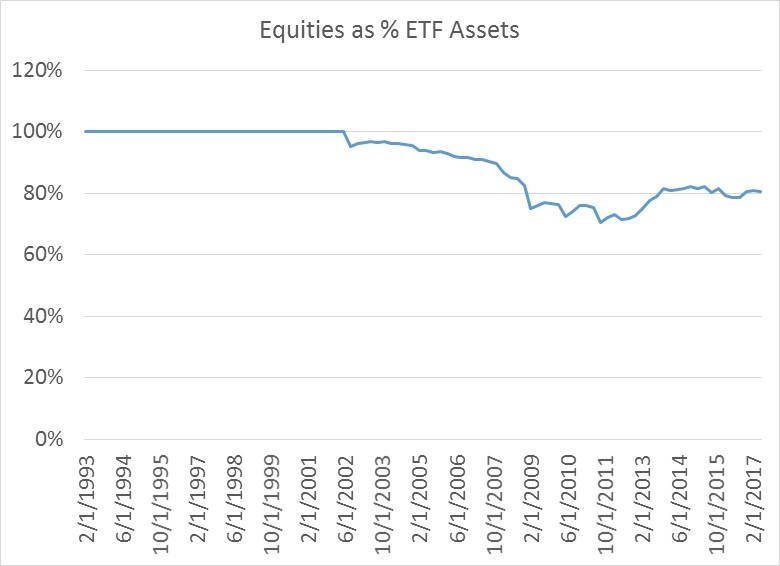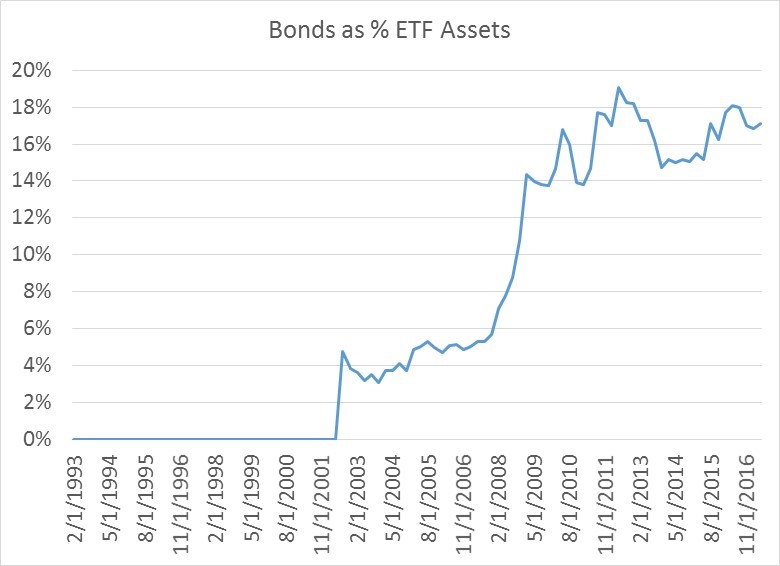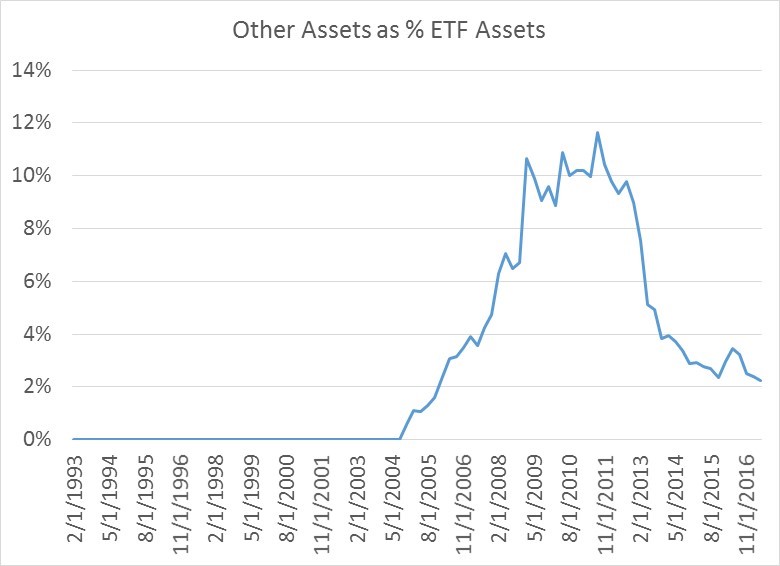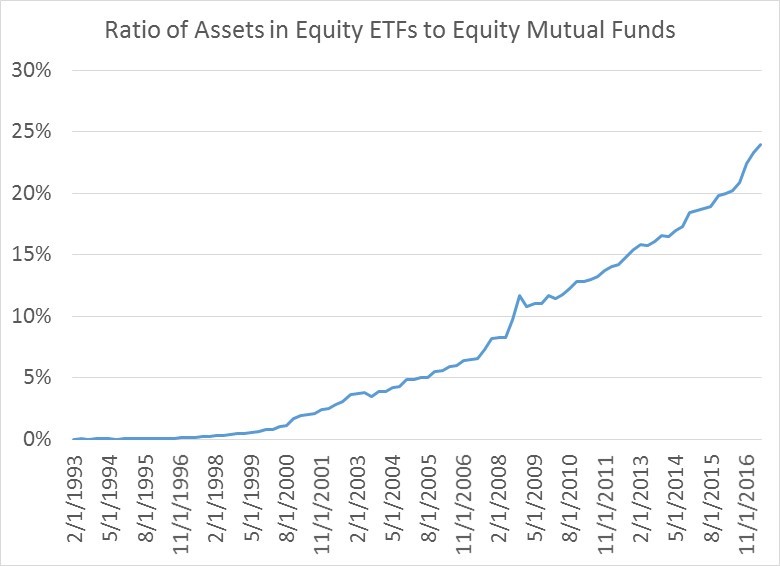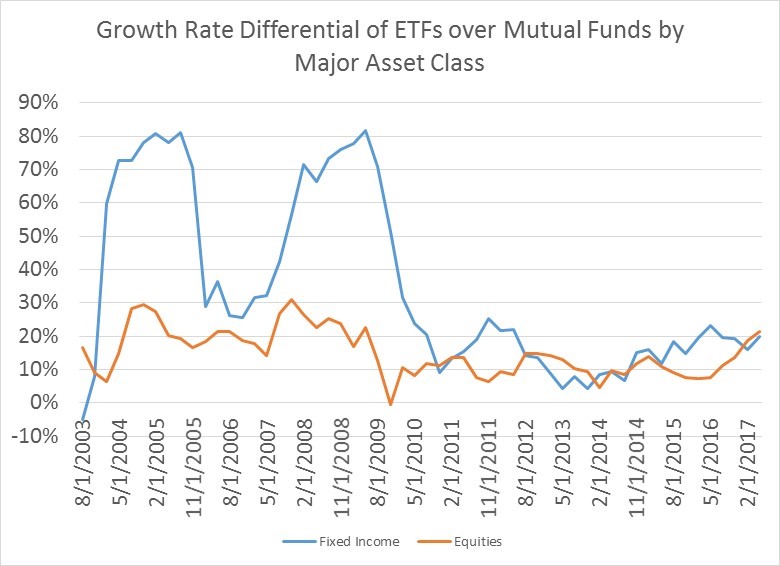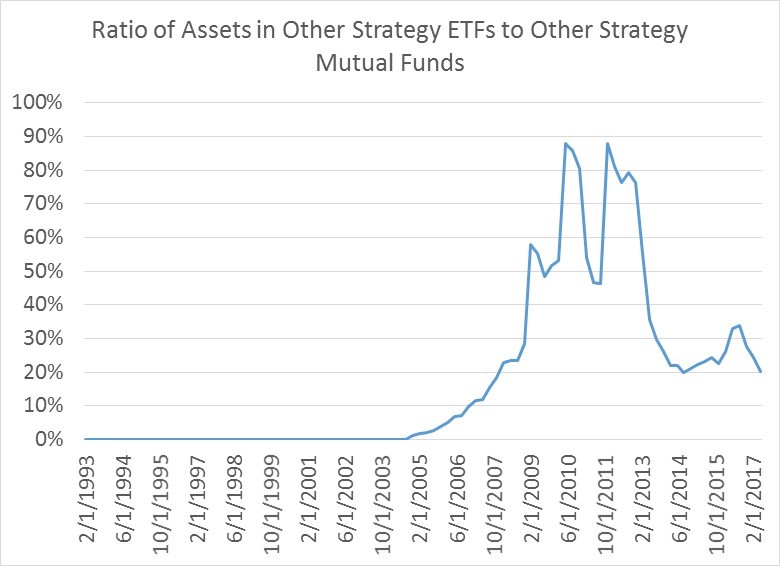This was also published in https://www.etftrends.com/etf-strategist-channel/leveraged-etfs-friend-or-foe/ in conjunction with Chris Shuba of Helios Quantitative Research
Every time I pull up a leveraged ETF or ETN for review I get the same sensation as walking into a Vegas casino. If I happen to throw down a bet at just the right time I can make a fortune, but if I don’t, it’s curtains.
Leveraged ETFs, and ETNs, which presently come in two flavors–either 2x or 3x, are very useful short-term trading instruments if an investor is extremely confident that a particular asset or industry is going to go up or down over a fairly short time period. For most people, and I mean MOST, levered ETFs and ETNs are best used as a trading vehicle.
Whether leveraged ETFs belong in a portfolio as a long-term investment depends upon the risk appetite, age or time-horizon of the investor. In my opinion, they make no sense as an investment vehicle for older individuals or those already in retirement unless they like the casino more than I do.
To start, we need to provide clarification on the technical differences between ETFs (Exchange Traded Funds) and ETNs (Exchange Traded Notes). Both trade on an exchange and track the performance of an asset, often an index. However, whereas an ETF holds underlying assets, an ETN or exchange is a Note with a credit rating and counterparty risk. An ETN has pluses related to lower long-term capital gains and less tracking error since it is not buying and selling underlying assets. For this article, we will almost always be using the term ETF to include ETNs.
First, let’s talk about the obvious risks of levered exchange-traded products.
Risk of Ruin
For longer-term investing, leveraged ETFs have a high risk of ruin for the investor. The math is simple. If a 2x levered ETF has a one day move down of -50% or more, the ETF is basically worthless. All your money is gone. For a 3x ETF that bankruptcy number is a daily down move of only -33.33%. In pragmatic terms that means you are taking on massive risk to invest long-term in narrowly focused ETFs that contain a small number of stocks (e.g., 30 stocks or less), or ETFs that are highly volatile. The odds of you going broke are high, and I mean REALLY high! Levered strategies that focus on diversified indexes like the S&P 500 present a slightly lower risk of ruin.
Large Drawdowns
Even without the risk of ruin, and even using a more diversified index like the S&P 500, the drawdowns in capital a long-term investor can expect are staggering. A hypothetical 3x daily investment in the S&P 500 since 1950 would see an investor experience two losses of over 80%. And in 2009, you would have lost 97.5% of your money. Are you ready to see a $10,000 investment reduced to $250 at some point?
Long Drawdowns
If you had invested in a hypothetical 3x daily S&P 500 ETF in March 2000, you would still be down over -22% on your initial investment. After 18 years you still have not made any money and remain in the red. That’s a long time and a lot of lost purchasing power. So it probably does not make sense to get into a levered ETF when the market is close to new highs. With levered ETFs, timing is everything.
Sideways Bleed
If markets are choppy and go sideways, your investment will decline, whether you choose the bear or the bull ETF, because of the convex nature of daily levered ETF returns. In choppy markets, both bear and bull ETFs can lose money.
Fees
The annual fees for levered ETFs can be considerable, typically around 1%
Liquidity and Replication Risk
Most leveraged ETFs are implemented via swaps and a variety of other derivative instruments which rebalance on a daily basis. These are derivatives, not underlying securities, so there is no guarantee that the NAV will track the ETF’s target index. Tracking the target index is less of a problem for large liquid indexes like the S&P 500 than it is for more narrowly focused ETFs. In the next financial crisis, the over-the-counter derivatives that underlie the 3x ETF in a small Latin American country or a narrowly specialized stock sector will cease to exist. There will be no liquidity because no one will make OTC markets for them.
Default Risk
Levered ETN issuers may default on the Note they have issued to investors.
Now that we understand some of the considerable risks of levered ETFs, what are the potential rewards?
Levered ETFs have one extremely attractive investment feature: optionality. Your loss is capped at your initial investment, but your upside is potentially unlimited.
The problem is that there are more paths to losing money than capturing this upside. Put another way, the probability of you winning big is very small… just like in Vegas.
To make money in a levered ETF you have to be right, and have extreme patience or impeccable timing.
Let’s look at being right. The early 80s were a good time to lever up bonds – but we are no longer in the early 1980s. Rates are historically very low, and the probability of a long bull market in fixed income is now not good. Since equities have historically gone up over long stretches of time, it probably makes the most sense to invest levered in equities, especially a broad index like the S&P 500 where your risk of one day ruin is smaller.
Since it’s hard to have impeccable timing, the best you can do is invest ONLY after there has been a decent correction, though even this is no guarantee of profitability. If you invested in a 3x levered S&P 500 ETF in 2002, you were still down a decade later, because of the 2008 crash. But, getting in when stocks are close to new highs has been an even less profitable way to invest in levered equity ETFs.
Which leaves patience. The average 10 year return for a hypothetical 3x levered S&P 500 ETF since 1950 has been 582%. Nice. This return comes with the caveat that most of this average is skewed by the outlier returns you would have experienced in the late 1990s. There were also 10 year periods where you lost over -96% of your investment. Ouch.
It’s only when you move to a 20-year time horizon that historically our hypothetical 3x levered S&P 500 ETF has provided positive expected returns, irrespective of when you invested. At 20 years, which is a long time, your worst 20-year return was +15%. Contrast this with an unlevered investment in the S&P 500 where your worst 20-year return was +53.8%. In a contrast of worst case scenarios, the unlevered version wins.
Now consider median results. Your median return was 699% levered vs. 274% unlevered. So it seems like the levered version is better. But, again all of this was skewed by the 50,000+% return from the 1980s and 90s bull market. That’s one event severely skewing the average. And that event was driven by a huge decline in interest rates from very high levels. If interest rates get high enough again, a 20-year levered bet on equities might make sense, but until then, probably not.
I know what you’re thinking. 50,000+%?!?! Like I said, every time I pull up a levered ETF or ETN to review I get the same sensation as walking into a Vegas casino…
